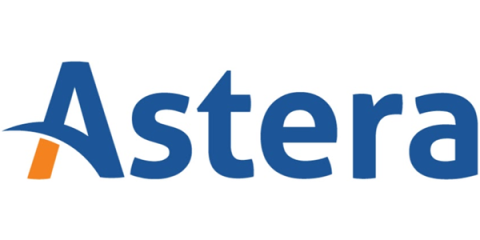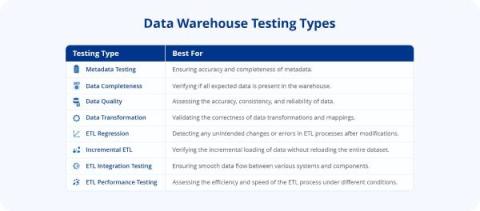Exploring Data Provenance: Ensuring Data Integrity and Authenticity
Data provenance is a method of creating a documented trail that accounts for data’s origin, creation, movement, and dissemination. It involves storing the ownership and process history of data objects to answer questions like, “When was data created?”, “Who created the data?” and “Why was it created? Data Provenance is vital in establishing data lineage, which is essential for validating, debugging, auditing, and evaluating data quality and determining data reliability.










